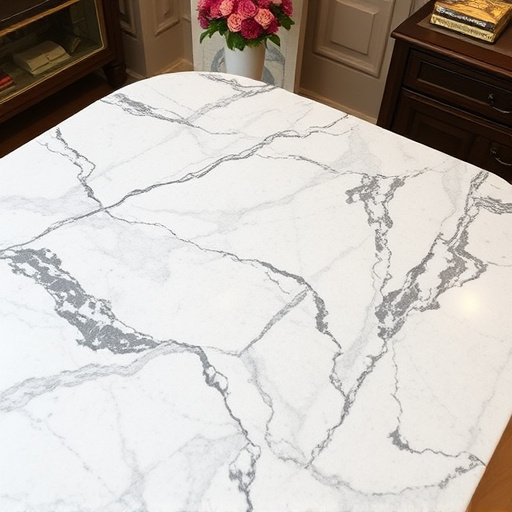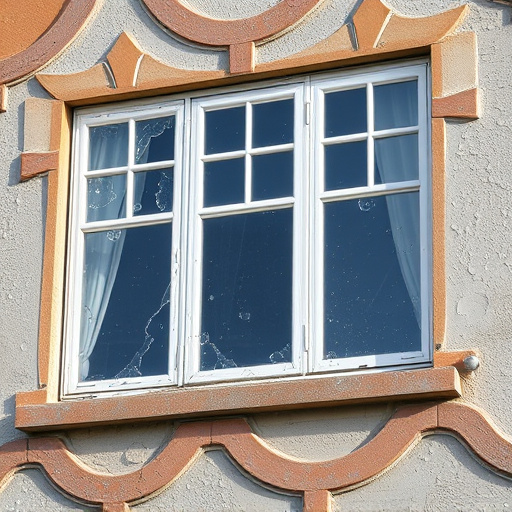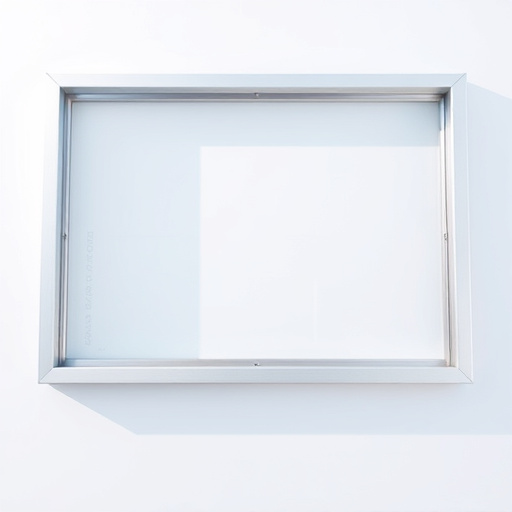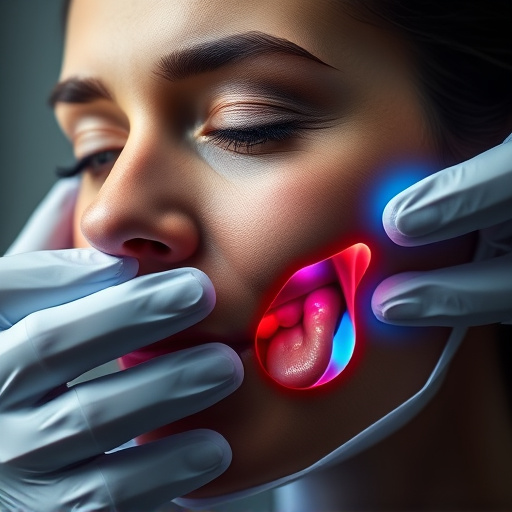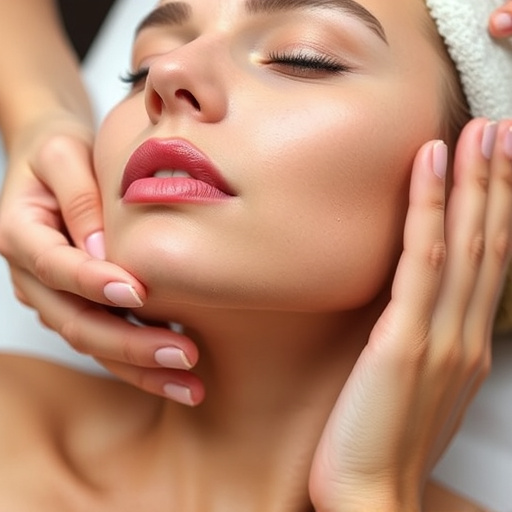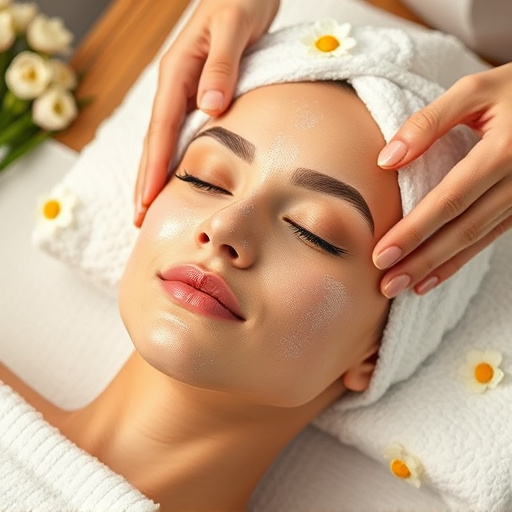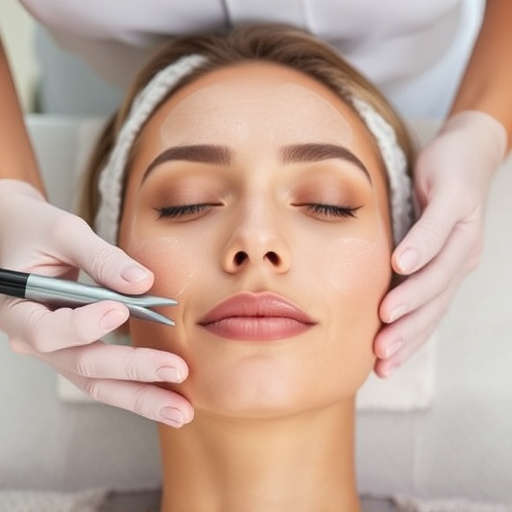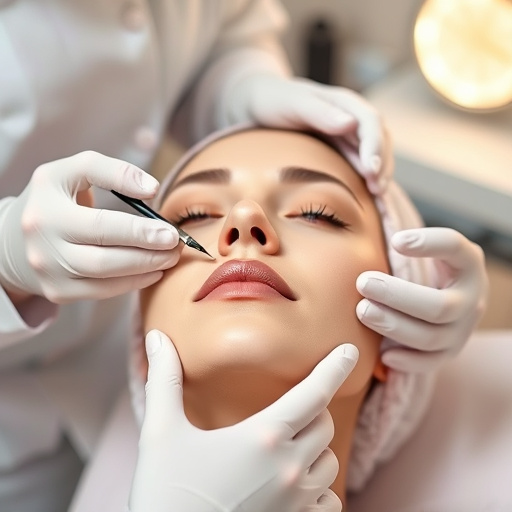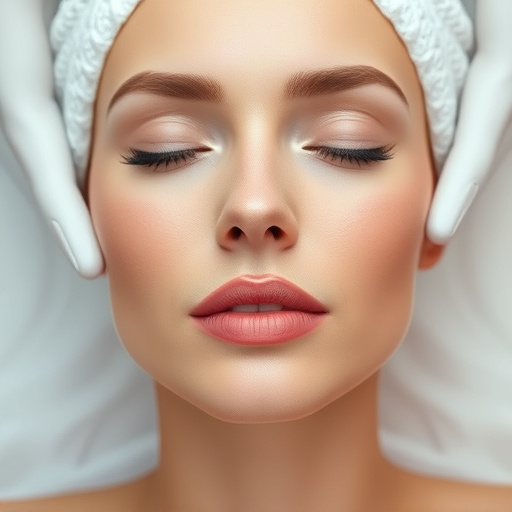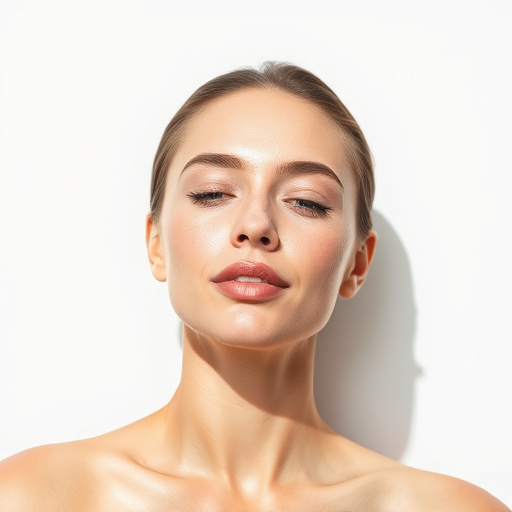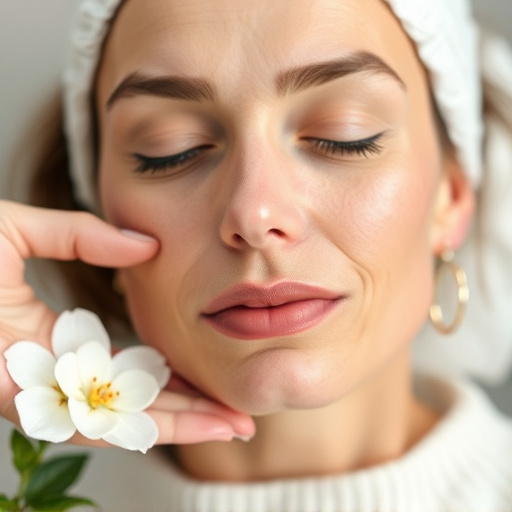Ingrown hair prevention is key for maintaining smooth, healthy skin post-waxing or shaving. Understand causes like aggressive shaving and poor skincare, and effects such as red bumps and infections. Effective solutions include regular exfoliation, deep cleansing, suitable skincare products, facials, microneedling, balanced diets, hydration, and severe cases may require skin tightening procedures. Proper aftercare involves gentle cleansing, moisturizing, and weekly exfoliation to unclog pores and reduce irritation.
Ingrown hairs can spoil the smoothness of depilatory routines, causing irritation and unsightly bumps. This article provides a comprehensive guide to understanding and preventing ingrown hair after waxing or shaving. We explore the causes behind this common skin issue and offer effective strategies for its prevention. Learn essential post-depilation care tips to minimize irritation and achieve softer, smoother skin. Discover natural remedies and professional treatments for long-lasting results.
- Understanding Ingrown Hair: Causes and Effects
- Strategies for Effective Ingrown Hair Prevention
- Post-Waxing and Shaving Care: Tips to Minimize Irritation
Understanding Ingrown Hair: Causes and Effects
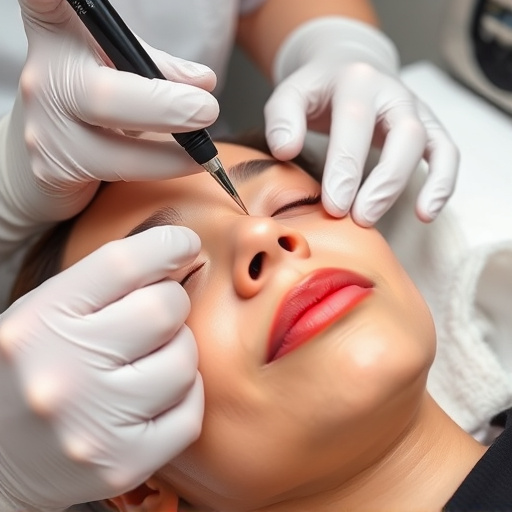
Ingrown hair prevention is a crucial aspect of maintaining smooth and healthy skin after waxing or shaving. Understanding the causes and effects of ingrown hairs is the first step in implementing effective solutions. Ingrown hairs occur when the hair grows back into the skin, causing small red bumps, irritation, and sometimes even infections. This issue is often linked to aggressive shaving techniques, poor skin care, or sensitive skin. Shaving too close to the skin’s surface or using old, dull razors can lead to damaged hair follicles, triggering the body’s immune response and resulting in ingrown hairs.
Various factors contribute to ingrown hair prevention, including proper exfoliation, regular deep cleansing, and using suitable skincare products. Hydrating facials and microneedling therapy are popular treatments that promote skin rejuvenation and reduce ingrown hair occurrences. Additionally, maintaining healthy skin through balanced diets and adequate hydration can strengthen the skin barrier, making it less susceptible to ingrown hairs. Skin tightening procedures might also be recommended for severe cases, offering long-term solutions by minimizing hair follicle size and improving skin texture.
Strategies for Effective Ingrown Hair Prevention
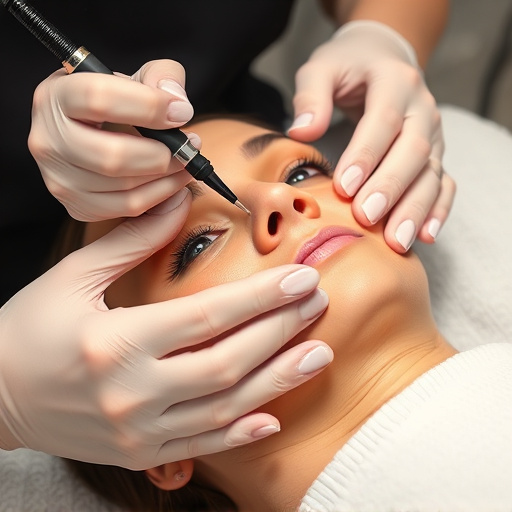
Ingrown hair prevention is key to maintaining smooth and healthy skin after waxing or shaving. Start by understanding your skin type and choosing the right razor or wax for your needs. Using a fresh, sharp blade ensures a clean shave, reducing the risk of ingrown hairs. For waxing, opt for professional services at a medical spa where experts can remove hair correctly, minimizing damage to the skin.
Aftercare is another crucial aspect. Exfoliate regularly to unclog pores and refine your skin’s texture. Hydration is also essential; well-moisturized skin heals faster and reduces irritation. Consider additional medical spa services like skin tightening treatments for further improvement, especially in areas prone to ingrown hairs.
Post-Waxing and Shaving Care: Tips to Minimize Irritation
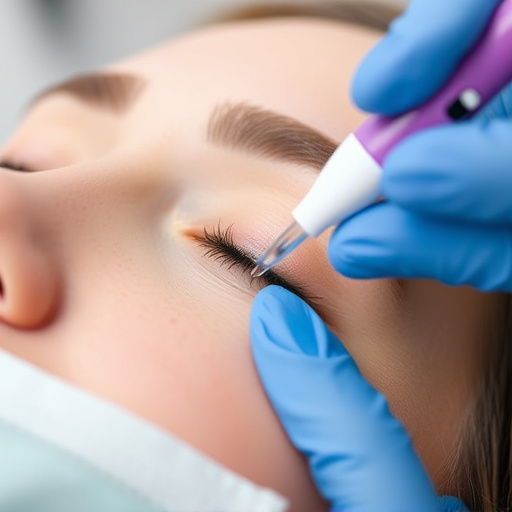
After waxing or shaving, proper care is essential to prevent ingrown hairs and promote healthy skin. Start by gently cleansing the treated area with a mild, fragrance-free cleanser to remove any residual hair and bacteria. Avoid using harsh scrubs or loofas that can irritate the skin further. Instead, opt for a soft cloth or your fingers to pat the area dry.
Moisturize right after to lock in hydration and support skin repair. Choose hydrating creams or lotions suitable for sensitive skin to soothe and calm any redness or inflammation. Exfoliating gently a few times a week can also help remove dead skin cells, reducing the chances of ingrown hairs. Additionally, consider body contouring treatments or skin brightening rituals as part of your post-waxing/shaving routine to enhance overall skin rejuvenation.
Preventing ingrown hairs is key to maintaining smooth, healthy skin after waxing or shaving. By understanding the causes and implementing effective strategies, such as exfoliating regularly, using sharp blades, and applying cooling gels, you can significantly reduce the occurrence of ingrown hairs. Additionally, proper post-waxing and shaving care, including gentle cleansers and moisturizers, helps minimize irritation and promotes healing. Adopting these practices ensures a smoother, more comfortable experience, allowing you to enjoy your waxed or shaven skin with confidence.

